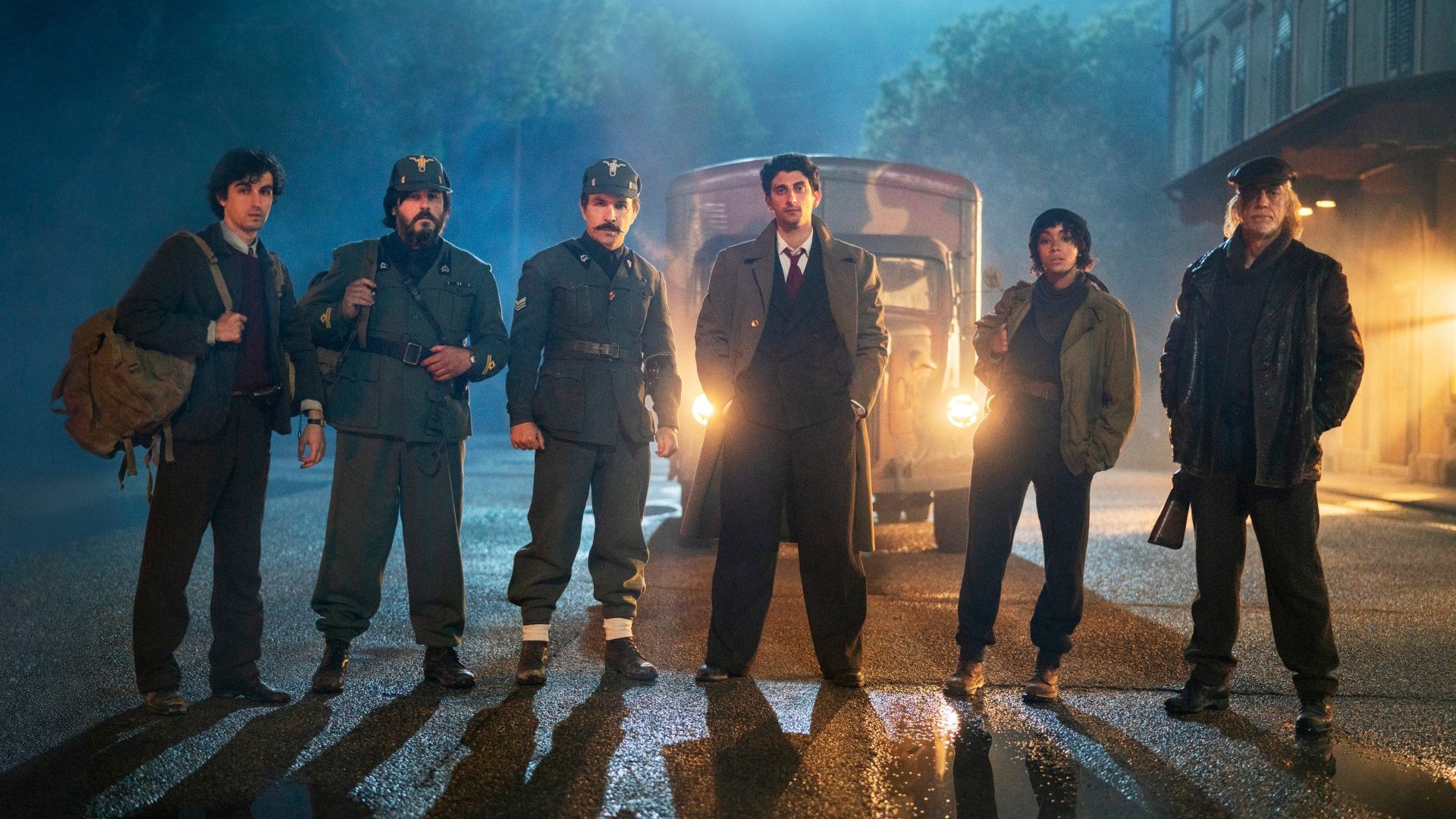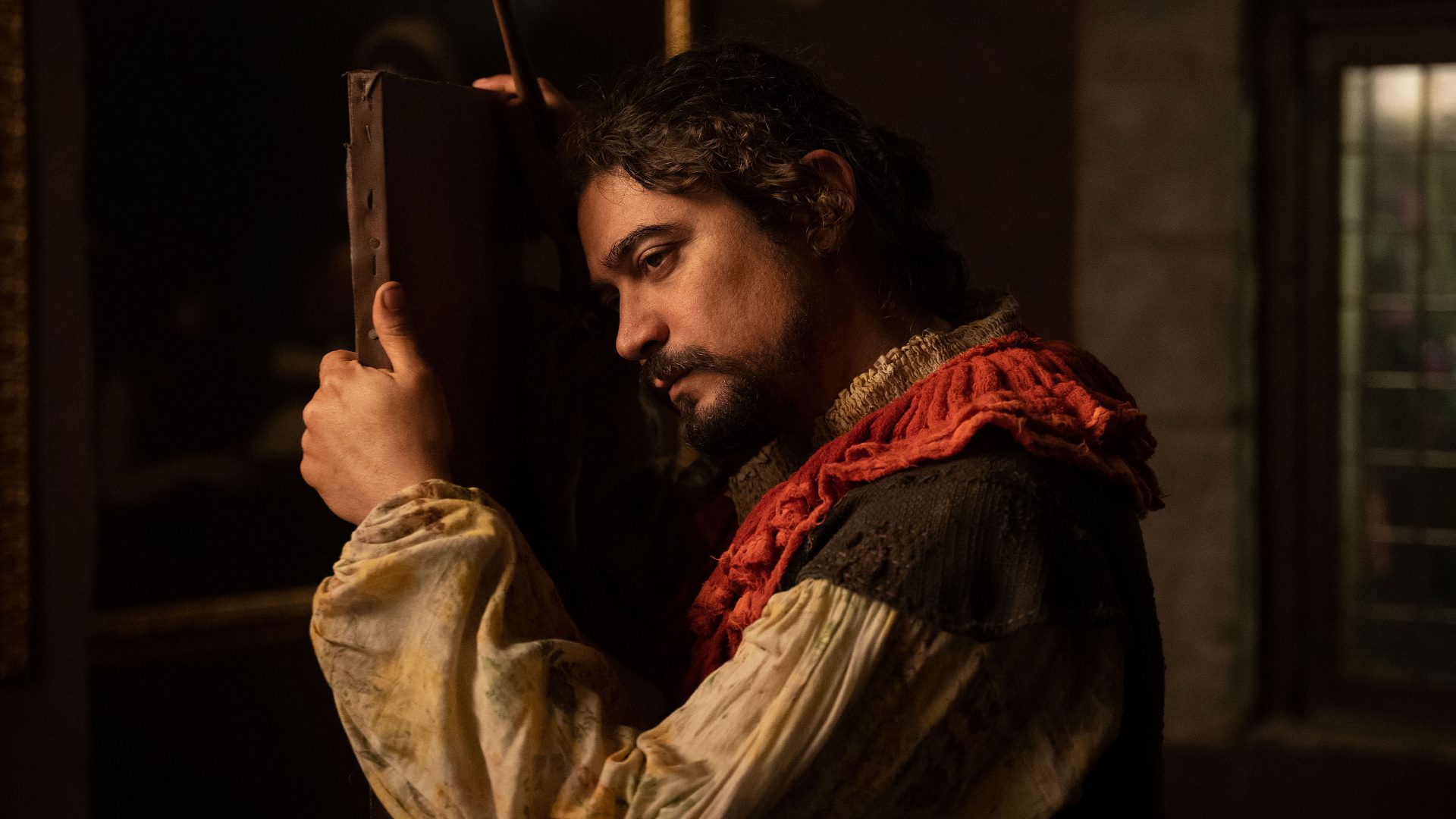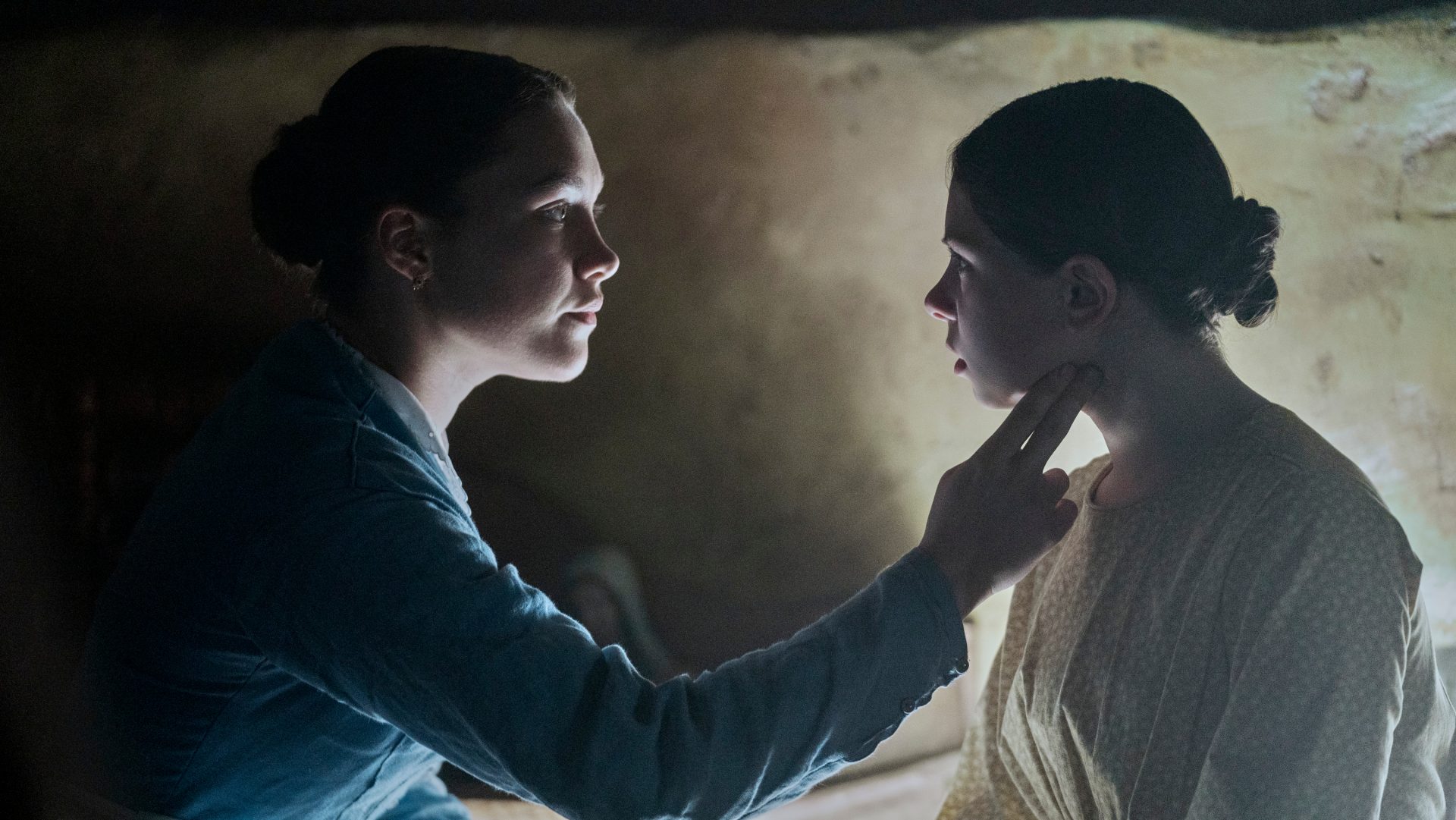I am certainly no expert in the tribal lore of men. Case in point being the time, within the first few weeks of dating, when my now-boyfriend was monologuing his love of The Italian Job, and I asked, “oh, which one?”
“What do you mean, ‘which one?’” he replied. For him, like many others of his sex, there is only one Italian Job, and it was made in 1969, starring Michael Caine. Things didn’t get much better when I sheepishly admitted I’d only seen the 2003 version with Mark Wahlberg.
Since then, this serious cultural faux pas has become a running joke and while we have been harmlessly bickering, Renato De Maria has been writing and directing his own take on an Italian crime caper. The result is Robbing Mussolini.
The new Netflix film takes place in Milan in 1945 and tells the story of how a band of rebels set about trying to steal from Benito Mussolini. Il Duce had “acquired” a treasure trove of gold from civilians as part of the “war effort” and one rag-tag group of misfits wanted to steal it back.
The plan has been conceived by Isola, played by Pietro Castellitto, a plucky entrepreneur who happens to be head over heels in love with Yvonne (Matilda De Angelis), a singer in an exclusive underground club. Our lovable rogue is equally, if not more, obsessed with the idea of funding the new life that he is sure will emerge at the end of the second world war. All he needs to do, since he’s clearly seen a heist movie before, is to gather together said rag-tag group of misfits to achieve this.
And so, Isola’s five is formed. Loyal Marcello and new boy Amedeo will be on the ground to help him. Taking charge of the acrobatic challenges their robbery will present, athletic Hessa will contort her body to accommodate even the smallest of places. Fabbri, who calls himself a national driving hero but is clearly living in the past, will man the getaway car. This just leaves their demolition expert Molotov, whose nickname, Isola hopes, will match his explosive abilities. Not to mention that Yvonne also has a role to play thanks to her “in” with a certain general in the Italian government.
The opening credits, with the word “ish” following the caption “this is a true story”, make it clear that De Maria is playing with history. What we know is that in the spring of 1945, while attempting to flee to Switzerland, Mussolini was captured by Italian communist partisans and then executed near Lake Como. We also know that during the abortive escape, the deposed dictator carried a haul with him that has been dubbed the “Dongo Treasure”.
What we don’t know is what it contained – though there has been speculation about gold, rare coins, jewels and classified documents – or what it was worth or what happened to it. This was clearly too good a mystery for De Maria to neglect, and there’s a clever nod to him taking creative licence with the truth in a scene familiar from virtually every other heist production.
As Isola and his five gather in their HQ, he takes his crew through the plan in minute detail and his fellow rogues rattle off the challenges they are about to face. Hessa is curious about how they are to distract the guards (she is to sneak into the signal tower and set off the air-raid siren for an imminent American attack, of course) and Fabbri has transportation issues.
“Cut it out,” Isola cries, blueprints flying as he bashes his fist on the table. It’s time for this petty thief to give his pep talk, all centred around the idea that they are, in fact, not petty thieves at all.
History, he says, has screwed them over. Telling them over and over again that they were nothing more than crooks. Instead, Isola declares his band of merry men to be experts in their fields. Yes, robbers steal, but virtuosos simply take back what was rightfully theirs and this is exactly what they are going to do. In other words, they are going to prove history’s perspective of the downtrodden wrong. Or, in Isola’s words, “Fancula la storia” (“Fuck history”).
With those words, the seeds of the underdog trope are sown and you’re rooting for the crew as they go off to collect their fortune (with, of course, the usual unexpected pitfalls).
Isola may have little regard for history, but De Maria has plenty for Quentin Tarantino. Isola breaking the fourth wall, with an eyebrow raised and a head tilted as he talks directly to the camera, is an echo of the likes of Inglourious Basterds. When his team is first introduced, it’s with animation scenes that resemble those in Kill Bill, complete with narration and split-screen sequences.
As well as loyalty to one American film-maker, though, De Maria also remains true to the heist genre. Car chases, plot twists, back-stabbing, second-guessing and battles over winning one woman’s hand are all given a home in this narrative. It’s a pleasure to watch.
Robbing Mussolini is a jovial 99 minutes. Sit back, relax and know you’re getting a slice of history diluted with convoluted bound-to-go-wrong plans, quick-witted humour and thrilling romance. Set just over 20 years before The Italian Job was released, it could even take the title of the original Italian Job. Just don’t suggest this to my boyfriend.




